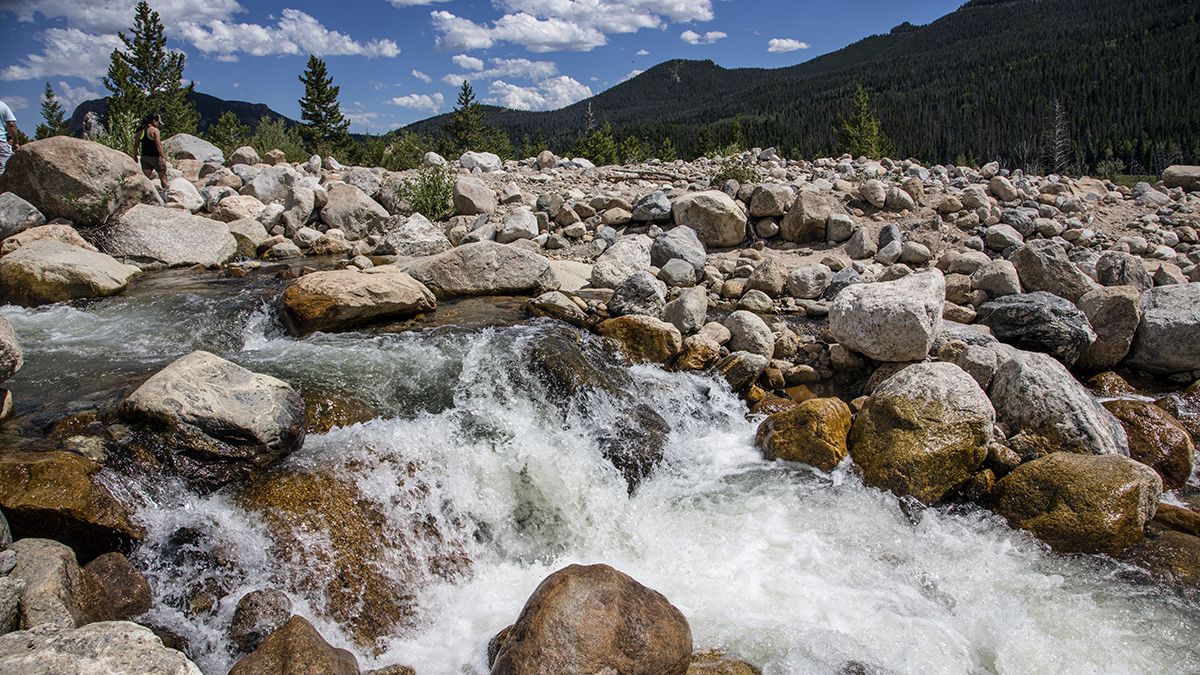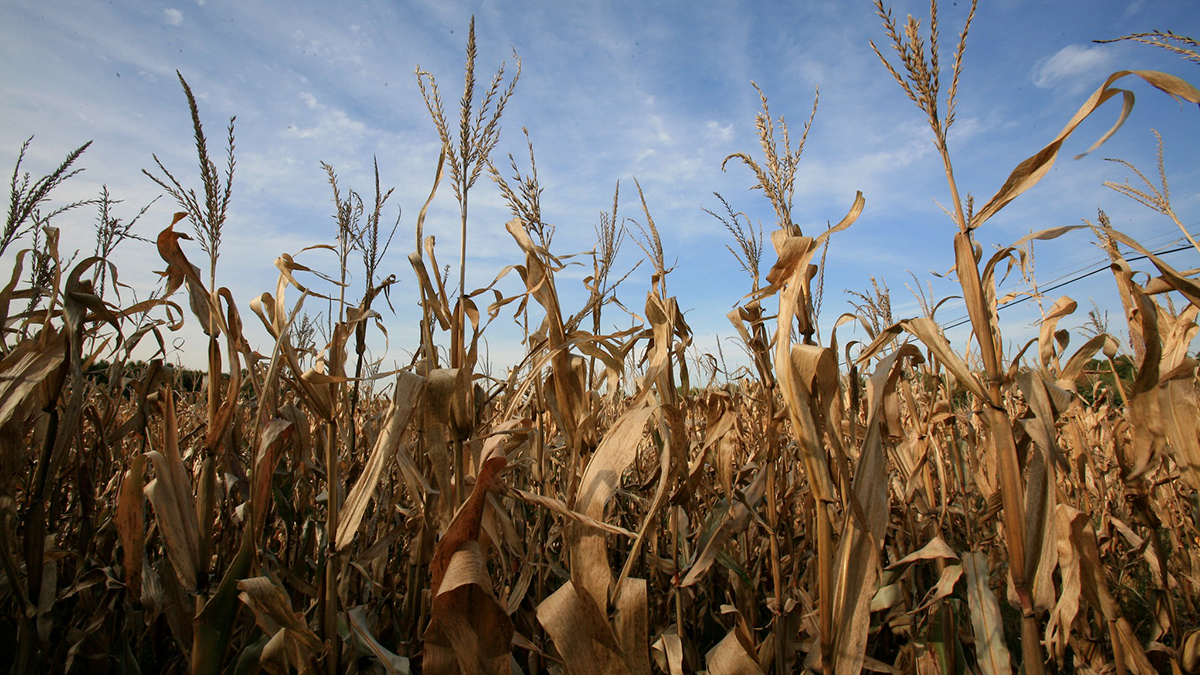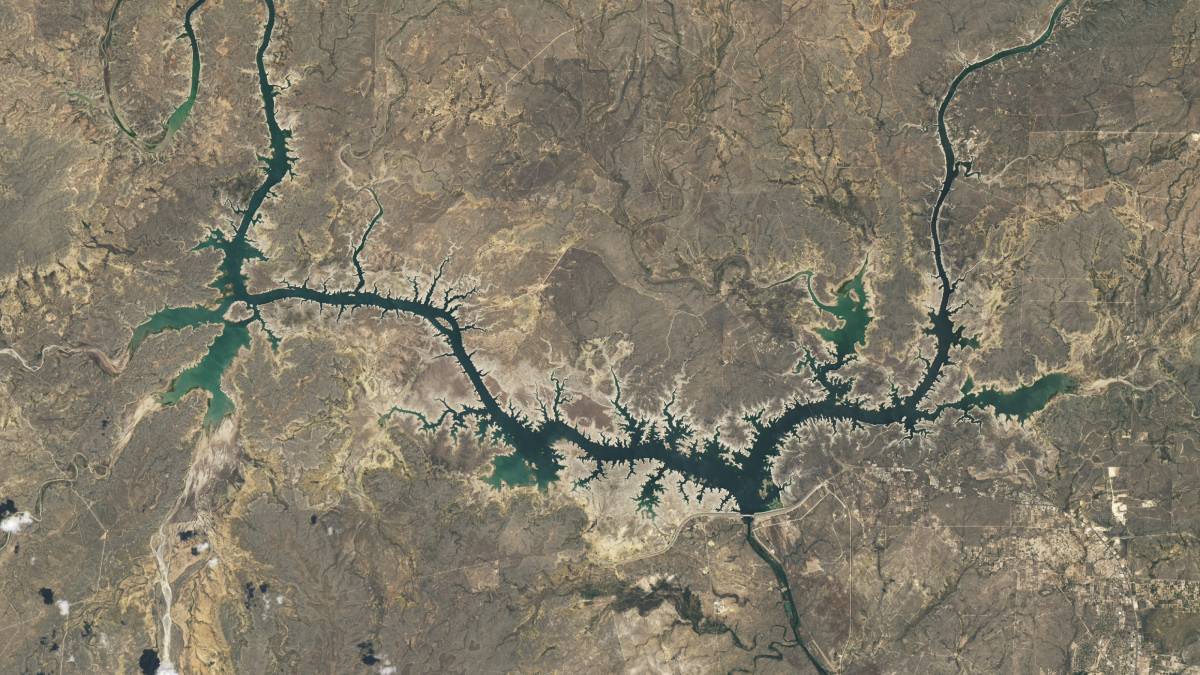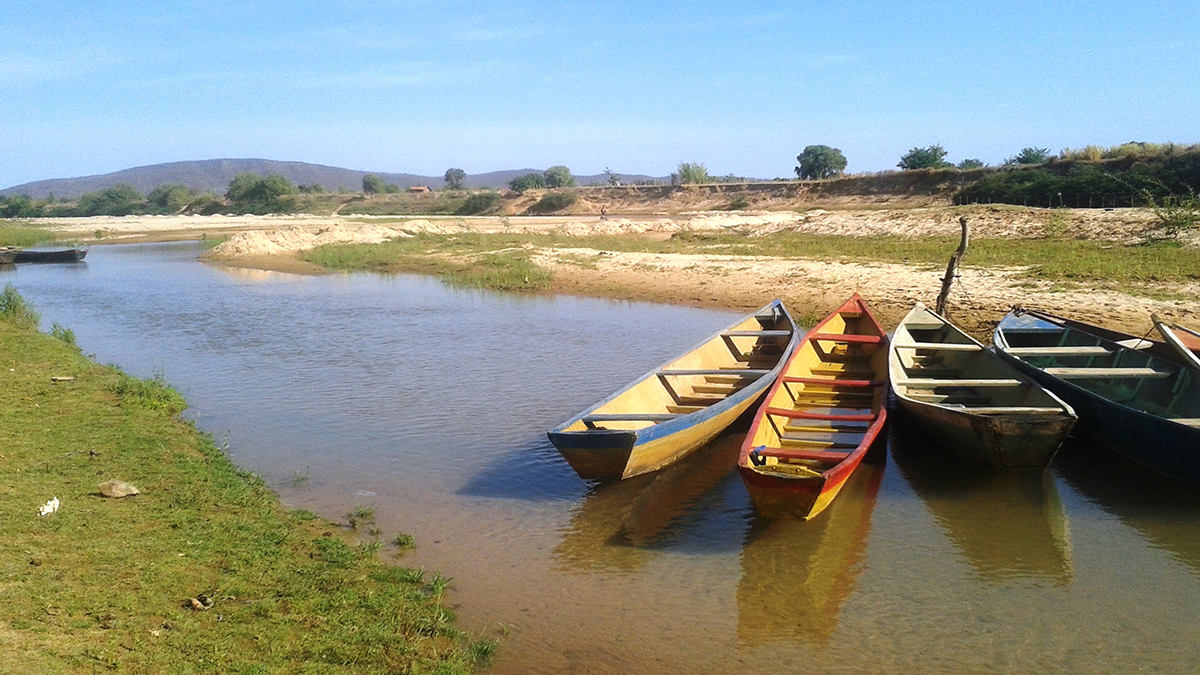A new study warns that day zero droughts—when reservoirs fail to supply taps—could become common within this decade.
water supply
Years-Old Groundwater Dominates Spring Mountain Streams
Alpine rain and snow take much longer to percolate into western U.S. streams than previously thought, adding complexity to long-standing hydrologic models.
Obtaining Local Streamflow at Any Resolution
A new upscaling method ensures that global simulations at low resolution preserve the streamflow at local points of interest, such as stream gauges.
Los ríos de Brasil se están infiltrando
La extracción desmedida de aguas subterráneas podría estar obligando a los ríos a infiltrar agua hacia el subsuelo, según muestra un nuevo estudio. Las regiones con actividades de irrigación intensivas son las más expuestas a este riesgo.
Can Desalination Quench Agriculture’s Thirst?
Miles away from the ocean, projects are afoot to clean up salty groundwater and use it to grow crops. Some say it’s a costly pipe dream, others say it’s part of the future.
33.8 Million People in the United States Live on Sinking Land
The most populated cities in the country are slowly subsiding, posing risks to infrastructure and exacerbating flooding—and not just on the coasts.
Mexico Will Give U.S. More Water to Avert More Tariffs
Mexican and U.S. officials announced that Mexico will immediately transfer some of its water reserves to the United States and also allow a larger share of the Rio Grande River to flow into the United States.
One Water, Many Solutions
Scientists and stakeholders must engage in broad collaborations and deep research to help ensure safe water supplies.
Delegations Drive One Water Dialogues
Proactive approaches allow water practitioners to address issues in innovative, inclusive ways.
Brazil’s Rivers Are Leaking
Wells overpumping groundwater could be forcing rivers to seep underground, a new study shows. Regions with intensive irrigation activities are at the most risk.










